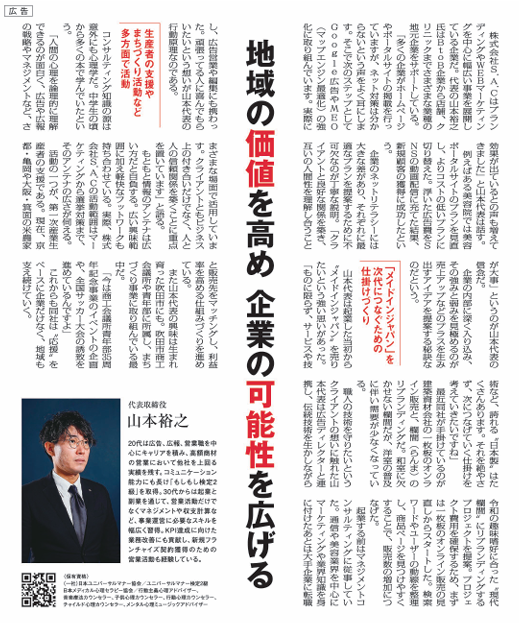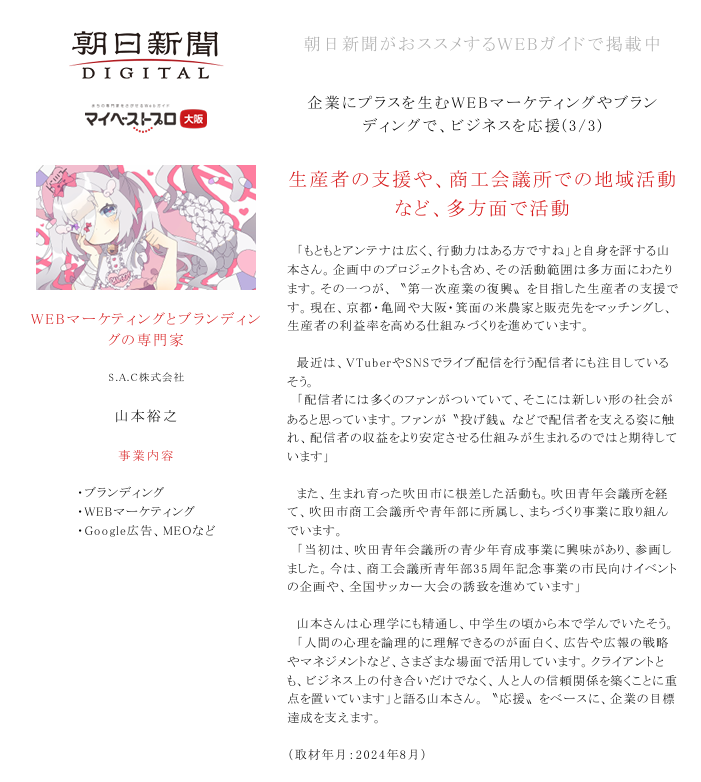私たちは、個人として、そして社会の一員として、様々な「考え方」に影響されながら生きています。その中には、政治、経済、文化、道徳など、社会のあらゆる側面に関わるものも少なくありません。これらの「考え方」を体系的にまとめたものが、イデオロギーや主義と呼ばれるものです。
イデオロギーとは、特定の社会集団や階級が持つ、世界観、価値観、行動規範などを体系化した思想体系です。政治、経済、社会、文化など、社会の様々な側面に対する見解や行動指針を含み、人々の行動や社会の変革を促す原動力となります。
主義とは、特定の「~主義」といった形で表される、ある特定の価値観や思想を重視する立場や主張のことです。イデオロギーと重なる部分も多いですが、主義はイデオロギーよりも範囲が狭く、特定の価値観や思想に焦点を当てている点が特徴です。
主義は、イデオロギーの一部を構成したり、イデオロギーの基礎となる価値観を提供したりすることがあります。例えば、自由主義は、個人の自由を重視する主義であり、資本主義や民主主義といったイデオロギーの基礎となっています。
イデオロギーという概念が生まれたのは、18世紀末のフランス革命期です。啓蒙思想の影響を受け、理性に基づいた社会の構築を目指した革命家たちは、自らの思想を「イデオロギー」と名付けました。
19世紀に入ると、産業革命や社会主義運動の高まりとともに、様々なイデオロギーが誕生しました。資本主義、社会主義、共産主義、ナショナリズム、自由主義など、現代社会にも大きな影響を与えているイデオロギーの多くは、この時期に形成されたものです。
20世紀には、世界大戦や冷戦など、国際的な対立が激化し、イデオロギーの対立が世界を二分する時代が到来しました。資本主義陣営と社会主義陣営の対立は、政治、経済、文化など、あらゆる分野に影響を及ぼし、世界各地で紛争や革命が勃発しました。
冷戦終結後は、イデオロギー対立の時代は終わりを告げ、多様な価値観が共存する時代へと移行しました。しかし、グローバリゼーションや情報化の進展に伴い、新たなイデオロギーや主義が台頭するなど、イデオロギーは現代社会においても重要な役割を果たしています。
冷戦終結後、イデオロギー対立は沈静化しましたが、現代社会においても、イデオロギーは人々の行動や社会の変革に影響を与え続けています。グローバリゼーションや情報化の進展は、新たなイデオロギーや主義を生み出すとともに、既存のイデオロギーにも変化をもたらしています。
例えば、インターネットの普及は、情報へのアクセスを容易にし、人々の政治参加を促進する一方で、フェイクニュースやヘイトスピーチの拡散など、新たな課題も生み出しています。
イデオロギーと主義は、社会を動かす「考え方」の体系であり、人々の行動や社会の変革に大きな影響を与えます. 現代社会は、多様な価値観が共存し、複雑な課題が山積する時代です。
Ideology and Doctrine: Systems of Thought that Drive Society
Introduction
As individuals and members of society, we are influenced by various “ways of thinking.” These include ideas about politics, economics, culture, and morality, which touch upon all aspects of society. When these “ways of thinking” are systematically organized, they are called ideologies or doctrines.
This paper explains ideologies and doctrines, including their definitions, history, and representative examples.
1. What is Ideology?
An ideology is a systematized set of ideas that encompasses the worldview, values, and code of conduct of a particular social group or class. It includes perspectives and guidelines for action on various aspects of society, such as politics, economy, society, and culture, and serves as a driving force for people’s actions and social change.
1.1 Characteristics of Ideology
- Systematic: An ideology is not merely a collection of ideas or emotions, but a systematic body of thought with logical consistency.
- Social: An ideology reflects the interests of a particular social group or class and serves to legitimize the actions of that group.
- Historical: An ideology is formed within a specific historical and social context and can change over time.
- Behavioral: An ideology is not just a framework for thinking, but also has the power to motivate people’s actions and drive social change.
1.2 Functions of Ideology
- Explanation: Interprets social phenomena and explains their causes and meanings.
- Evaluation: Evaluates social phenomena from the perspectives of good and evil, right and wrong.
- Guidance: Provides direction for people’s actions and presents an ideal vision of society.
- Integration: Enhances the unity of social groups and encourages them to act towards common goals.
2. What is Doctrine?
Doctrine refers to a particular stance or assertion that emphasizes a specific value or idea, often expressed in the form of “-ism.” While it overlaps with ideology, doctrine has a narrower scope and focuses on specific values or ideas.
2.1 Relationship between Doctrine and Ideology
A doctrine can constitute a part of an ideology or provide the underlying values for an ideology. For example, liberalism, a doctrine that emphasizes individual liberty, forms the foundation of ideologies such as capitalism and democracy.
3. History of Ideology and Doctrine
The concept of ideology emerged during the French Revolution in the late 18th century. Influenced by the Enlightenment, revolutionaries who aimed to build a society based on reason named their thought “ideology.”
In the 19th century, with the rise of the Industrial Revolution and socialist movements, various ideologies were born. Many ideologies that still have a major impact on modern society, such as capitalism, socialism, communism, nationalism, and liberalism, were formed during this period.
The 20th century saw an intensification of international conflicts, such as the World Wars and the Cold War, leading to an era where ideological confrontation divided the world. The conflict between the capitalist and socialist blocs affected all areas, including politics, economy, and culture, leading to conflicts and revolutions worldwide.
After the end of the Cold War, the era of ideological confrontation came to an end, transitioning to an era where diverse values coexist. However, with the advancement of globalization and information technology, new ideologies and doctrines are emerging, and ideology continues to play an important role in modern society.
4. Representative Ideologies and Doctrines
4.1 Political Ideologies
- Liberalism: Emphasizes individual freedom and rights, and supports market economy and democracy.
- Conservatism: Values traditional values and social order, and seeks to restrain rapid change.
- Socialism: Criticizes the drawbacks of capitalism and pursues the benefit of society as a whole.
- Communism: Aims to overthrow capitalism through class struggle and establish a communist society.
- Nationalism: Emphasizes the uniqueness of a nation and the independence of a state.
4.2 Economic Ideologies
- Capitalism: An economic system based on private ownership of the means of production and free competition.
- Socialism: An economic system based on social ownership of the means of production and planned economy.
4.3 Social and Cultural Ideologies
- Feminism: A social movement that aims to improve women’s rights and achieve gender equality.
- Environmentalism: A social movement that aims to solve environmental problems and achieve a sustainable society.
- Multiculturalism: A concept that promotes the coexistence and mutual understanding of diverse cultures.
5. Ideology and Doctrine in Modern Society
Although ideological confrontation subsided after the end of the Cold War, ideologies continue to influence people’s actions and social change in modern society. The advancement of globalization and information technology has given rise to new ideologies and doctrines, while also transforming existing ones.
For example, the spread of the internet has facilitated access to information and promoted people’s political participation, but it has also created new challenges such as the spread of fake news and hate speech.
Furthermore, as global issues such as global warming and income inequality become more serious, there is a growing movement to emphasize values such as environmentalism and social justice.
6. Conclusion
Ideologies and doctrines are systems of “thought” that drive society and have a significant impact on people’s actions and social change. Modern society is an era where diverse values coexist and complex issues abound.
We need to critically examine various ideologies and doctrines and form our own ways of thinking.
7. References
- Ideology – Wikipedia
- Doctrine – Wikipedia
- Political ideology – Wikipedia
Note
This paper provides a general explanation of ideologies and doctrines. For details on individual ideologies and doctrines, please refer to other references.


















